Articles
What about sls technology?
Let us tell you about the intrincacies and littel-known nuances of 3D Printing. From choosing the best materials for 3D printers to optimizing the price of finishedparts, from a manufacturing tips to personal experience that we use on a daily basis!
SLS (Selective Laser Sintering) is an additive manufacturing technology based on layer-by-layer sintering of polymer powder particles using laser radiation. The main advantage of SLS is that it provides excellent mechanical properties of the finished product. It turns out extremely strong, with high detailing and quality of surfaces. Another important advantage is that the SLS is practically waste-free, since the powder not used for growing parts is partially mixed with new portions of material and returned to work (this process is called regeneration), and partially sent for recycling.
The basic principle of the SLS printer is to sinter the polymer powder with a laser beam. The preheated powder is briefly irradiated by a laser and sintered with the already hardened particles in the underlying layer. By controlling the parameters of this process it is possible to achieve the desired residual porosity and density of the resulting part. The manufacturing company (we will consider products of the German company EOS) provides owners of SLS machines with original sets of parameters, which are ideally matched to the materials used and underwent careful optimization. For the production of parts with different properties the company provides special sets of parameters (Part Property Profile – PPP), which guarantee that the parts printed with their use will have the same characteristics, no matter what machine they were grown on. All PPP parameter sets are versioned because EOS continuously optimizes them.
THE MAIN ADVANTAGES (AND SOME DISADVANTAGES) OF SLS TECHNOLOGY
Advantages
- Excellent mechanical properties of the finished product;
- High productivity – the laser melts only the surface of the powder particles, not their entire volume. This allows the SLS machines to work much faster than other powder 3D printers;
- Requires no support materials – the powder itself in the working chamber supports the model until it is finished;
- Allows you to print very large (up to 750 mm) objects, or an entire series of parts at a time – this is possible thanks to the SLS printers volumetric build chambers.
Disadvantages
- High cost of consumables and the equipment itself;
- Requires mandatory training of specialists on certified courses.
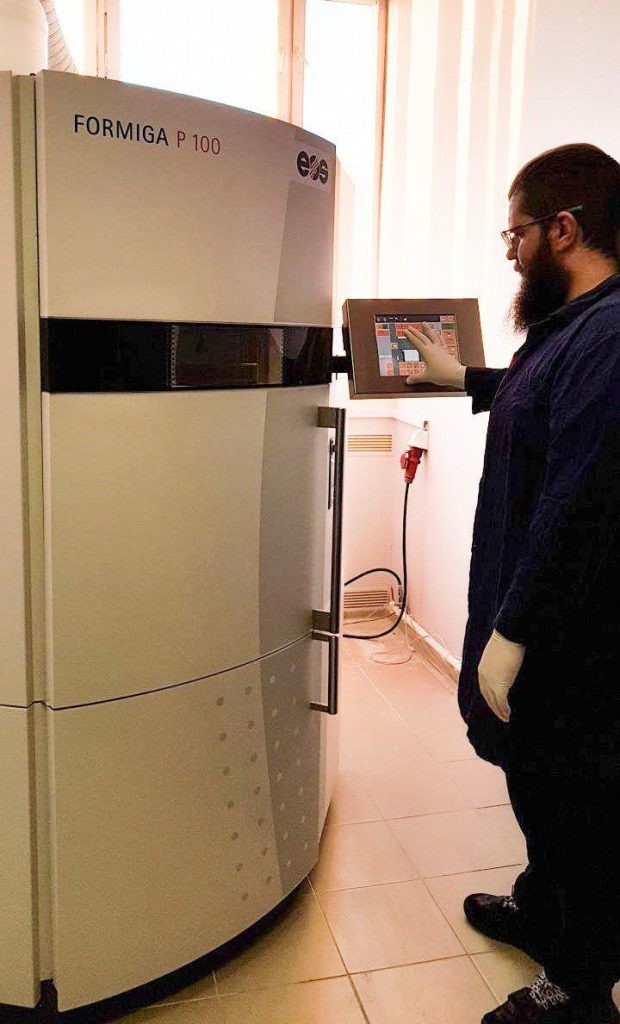
3D PRINTING PHASES IN SLS TECHNOLOGY

Important: The SLS machine is complex and hazardous enough that only personnel trained by EOS are allowed to operate it. And only the specialists of the manufacturer are allowed to work with the laser of the 4th hazard class installed in it.
Let’s look at all the stages of growing an object using SLS technology on the example of the excellent EOS Formiga P100 3D printer.
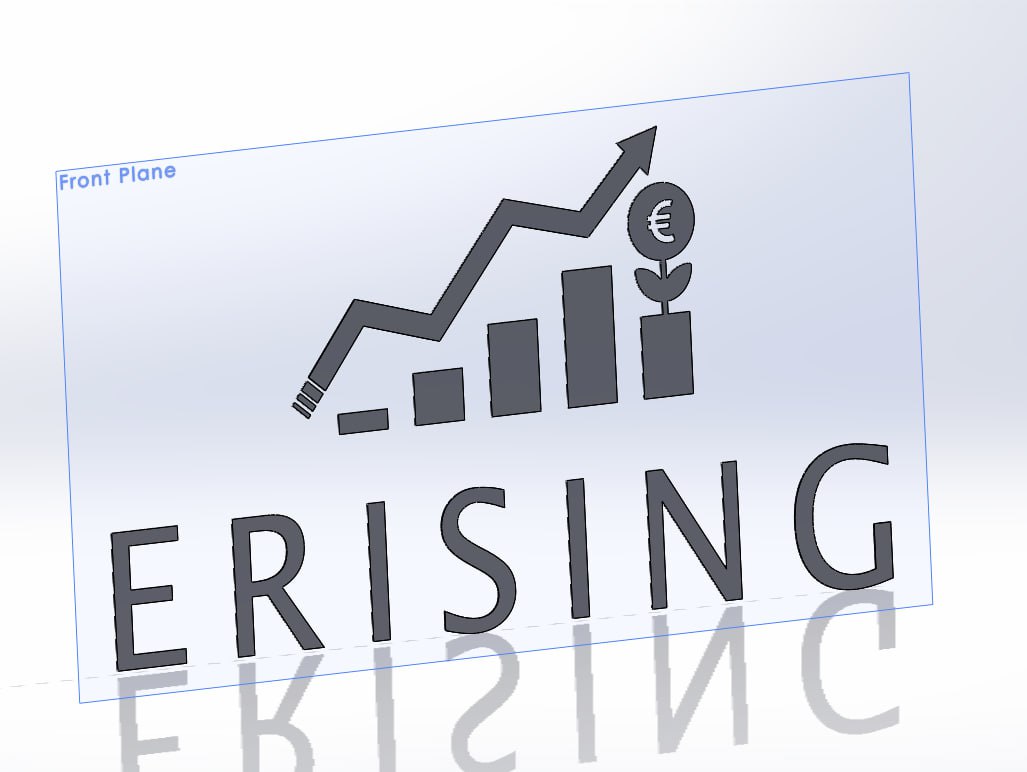
We create a model of the future part in CAD (or get it by other means, for example, by 3D-scanning) – this is a standard procedure for any modern engineering development. The output is an STL file with three-dimensional geometry of the parts we need;
We carry out positioning and cutting of the model – this is done in special proprietary programs of SLS-machine manufacturers (in the case of EOS technique it is RP-Tools software). At this stage, we place part models in the working volume of the machine so as to make optimal use of the entire build area. This allows us to minimize the growing time and powder consumption. Here we also set exposure parameters that can be used to influence the characteristics of future parts. For example, we can change their strength, porosity, and surface quality. The output is a batch of files in SLI format;
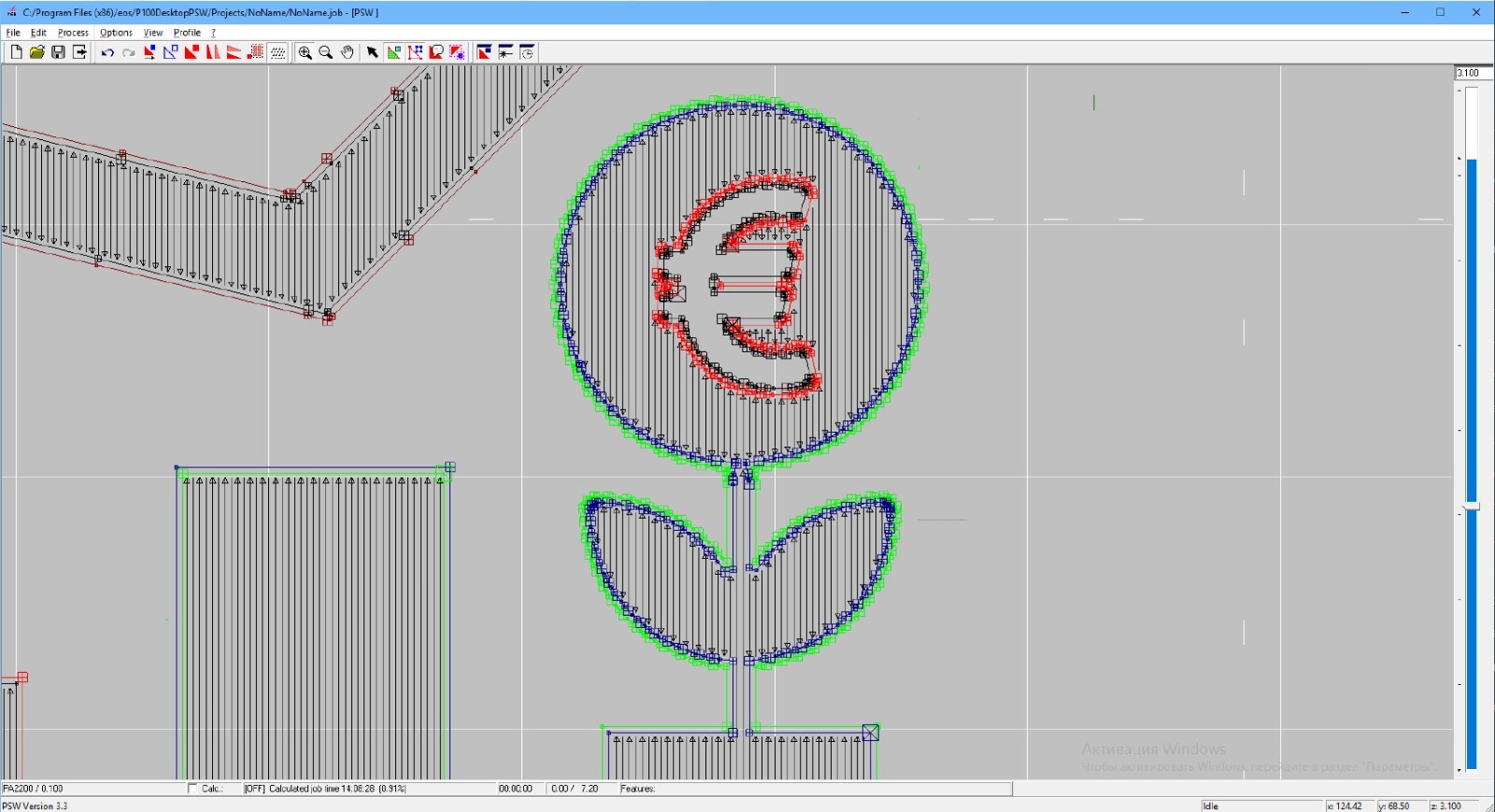
Create a build job and transfer it to the machine – EOS’s Desktop-PSW software packages SLI files into a build job and transfers them to the SLS printer controller. That is the end of the software part of the job.
Machine preparation
Install a exchangeable frame (chamber). It is where the growing process takes place and where the finished parts will be at the end of the job;
We fill the tanks with powder and “make a bed” – we spread a layer of fresh powder on a movable platform of a working chamber, when it is in the up position. Fun fact: The vertical powder feeders on top of the SLS machine are all printed… on the same SLS machine. And there are many such parts in its construction…

Warm up the machine – at this point, the temperature in the build chamber should reach 160 degrees Celsius. This is necessary to warm up the working area, as well as the entire machine, its components, and the powder in it. It takes about 2 hours to preheat the machine. This step is called the Warm Up Phase.
The Building Process
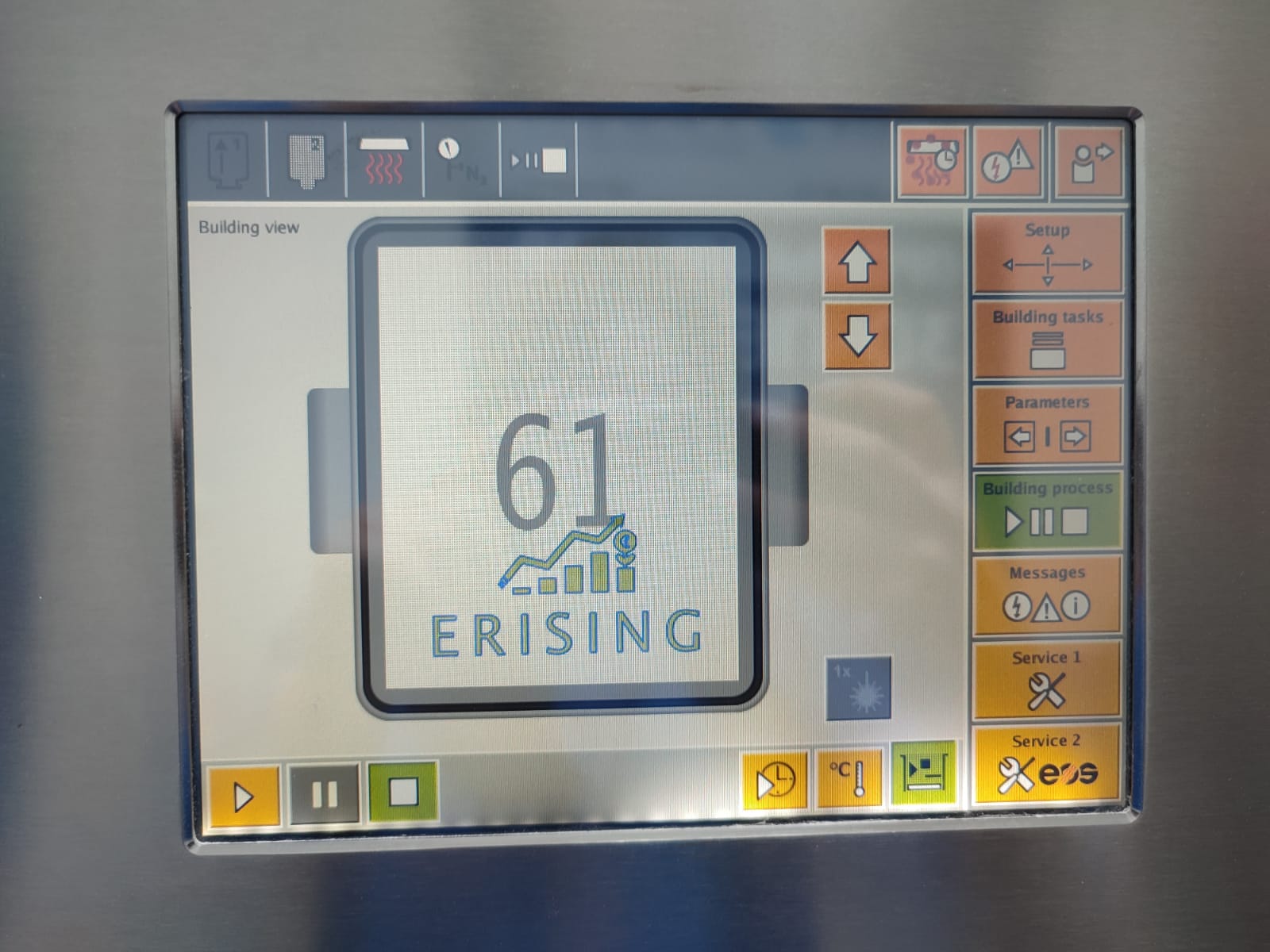
We monitor the 3D printing process – growing a part can take many hours, and most of this time no process control is required. But the SLS machine is vulnerable to failures due to debris (such as hairs) entering the working chamber. Therefore, you should check how things are going from time to time. But we have significantly optimized this procedure – since the machine does not have remote access to the software, our specialists have developed robotic mechanics to stop the process in case of failure.
Finishing the job and unpacking the parts
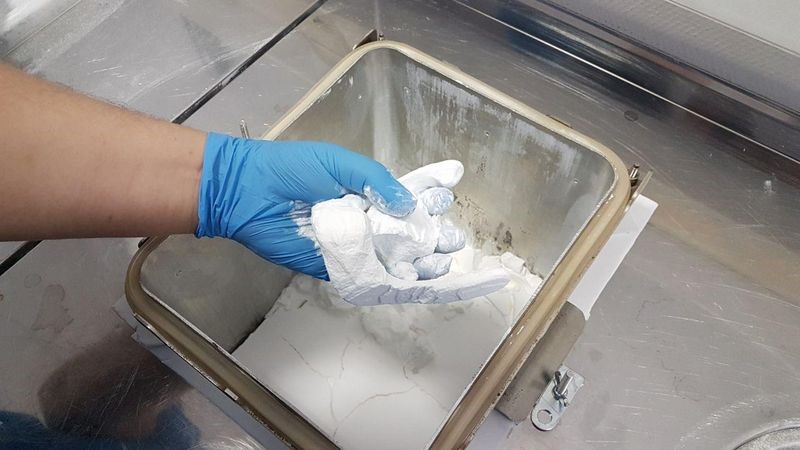
Let the SLS printer and the printed parts cool down naturally – unpack the camera only when its temperature drops below 60 degrees Celsius. An important point: according to EOS technology, the cooling time should be at least as long as the printing time.
During cooling, the grown parts shrink and warp. This is caused by temperature differences in parts of the object and their uneven cooling.
Because of this, several rules must be followed:
- Parts prone to warping and shrinkage should be placed in the upper 2/3 of the build area, since the lower third is in contact with the colder bottom of the replacement tank (chambers);
- Parts prone to warping and shrinkage should be placed at an angle in the depth of the work volume, as far away from its edges as possible.
Take out the chamber
Unpack the printed parts – The big advantage of SLS technology is that the objects grown with it do not require support structures, which will become waste after printing. The parts are simply removed from the tank, brushed and sent to the blast machine where they are treated with glass beads. From there, they are sent to further stages of production.
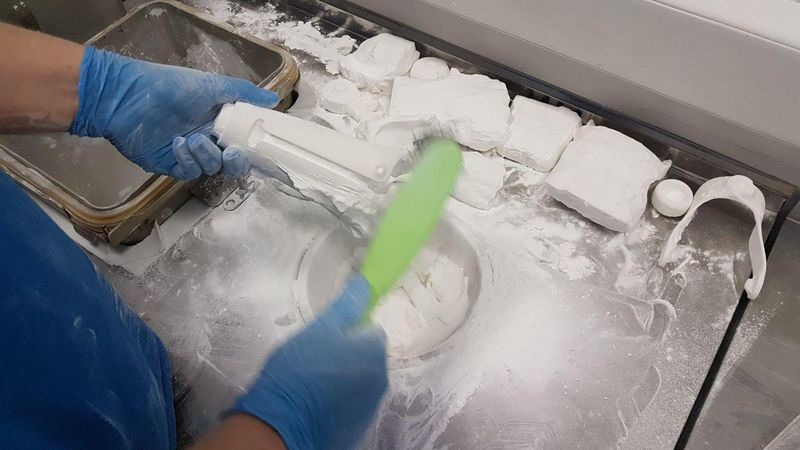
Recycling of unused powder

We sift the spent powder, add a portion of fresh material, and mix. Polymer powder for SLS printers is quite expensive, and this is a minus. But its properties can be restored by adding fresh powder – and this is a big plus. This process is completely proven and is built into the very basis of EOS technology. You can be sure that the properties of parts are not impaired by regenerated powder.
However, there is also an important nuance here – incorrect mixing of powders leads to the appearance of light and dark stripes, wrinkles (“orange skin”), and areas of variable density in the printed product. In order to avoid this, the manufacturer’s recommended mixing procedures must be strictly followed.
Want to know more? Contact us using the button below!
Subscribe our newsletter


Address
Gab. MEC 3.11 e 3.12, Av. Rovisco Pais 1, 1049-001 Lisboa
Efficiency Rising, Lda © 2021 All Rights Reserved
Design e Desenvolvimento por Bestsites.pt
